What Excellent Eye Photos of Blue Eyes (Lymphatic) Should Look Like
by Judith Cobb, MH, CI3, NCP, NNCP, CCII3
Iris photography is pretty finicky. The best eye photos are high resolution (these are 24 Megapixel), show mostly eye and very little face, are well-illuminated, have little if any room reflections, and utilize frontal and side-lighting options to help us see specific details.
Each eye needs a minimum of seven images as you see below.
Frontal Lighting
Frontal lighting for eye photos can be best achieved using a camera that has two light sources that can be fired off simultaneously, or individually for side lighting.
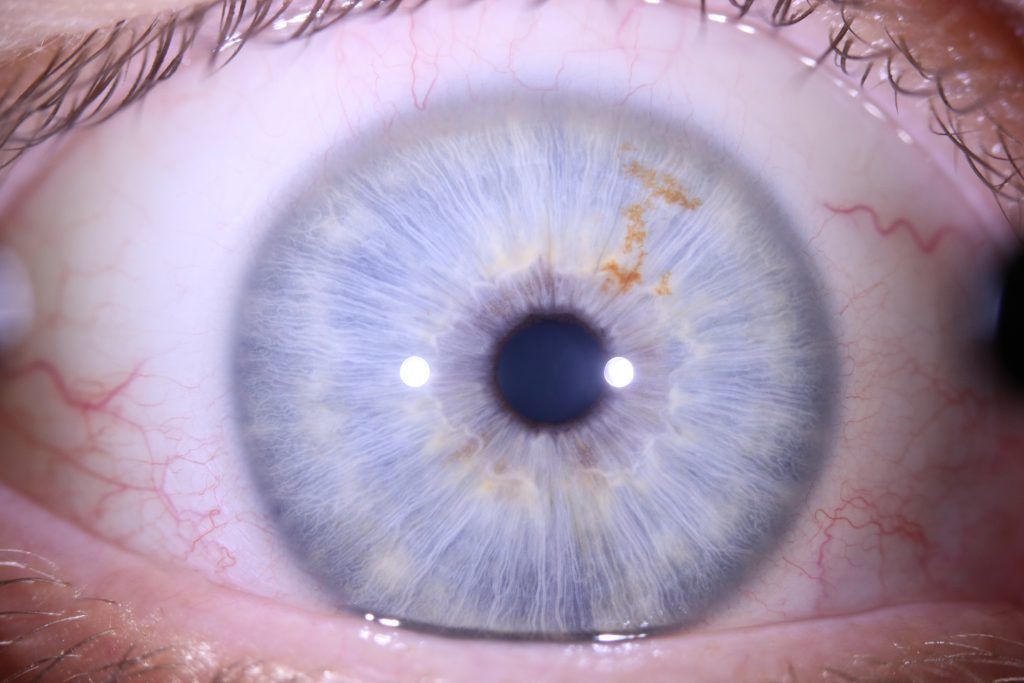

Side Lighting
The cornea protrudes slightly from the front surface of the iris. When using side lighting the opposite side of the iris will appear in shadow. Notice how side lighting makes certain features, such as contraction furrows, more obvious.
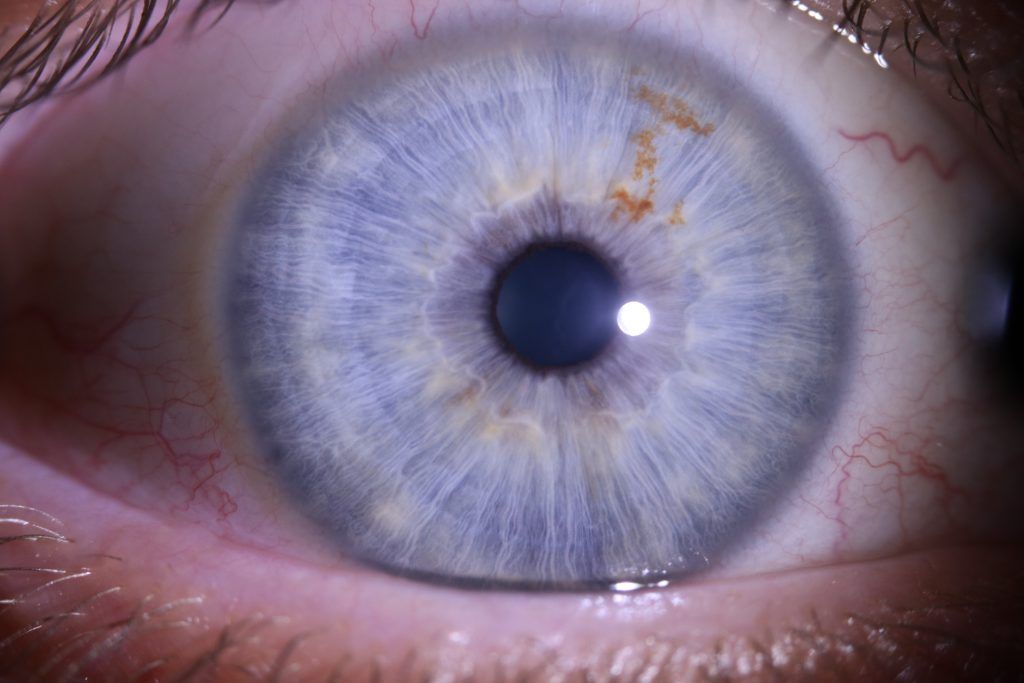
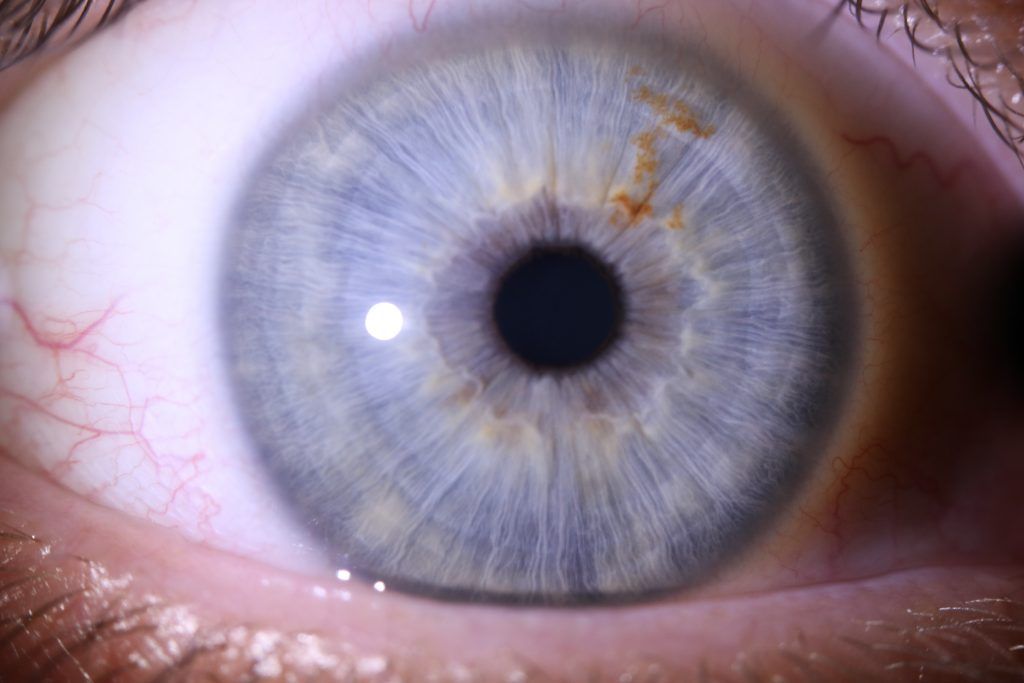
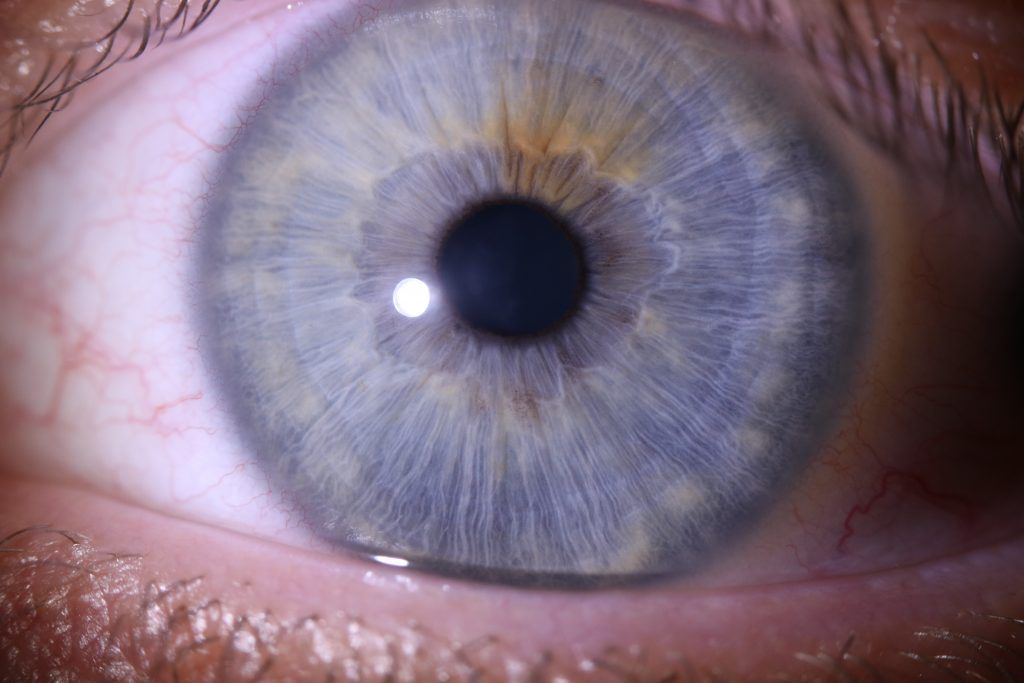
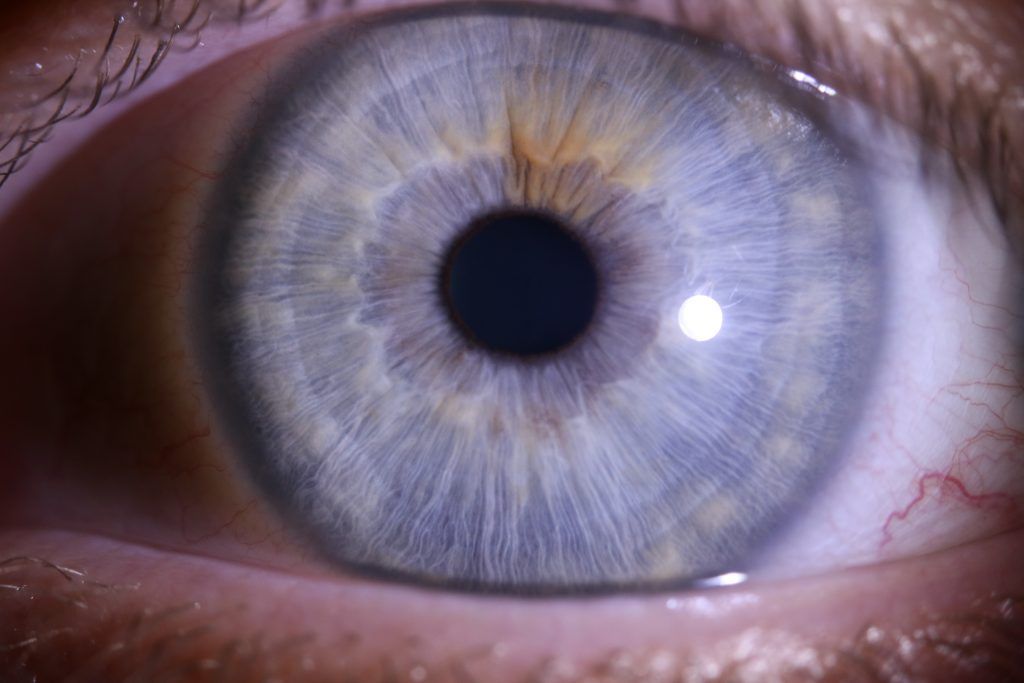
Sclera
A complete set of eye photos includes images of each sclera. When photographing the sclera it is important to use less light. Too much light will wash out the appearance of the blood vessels and other sclera markings.
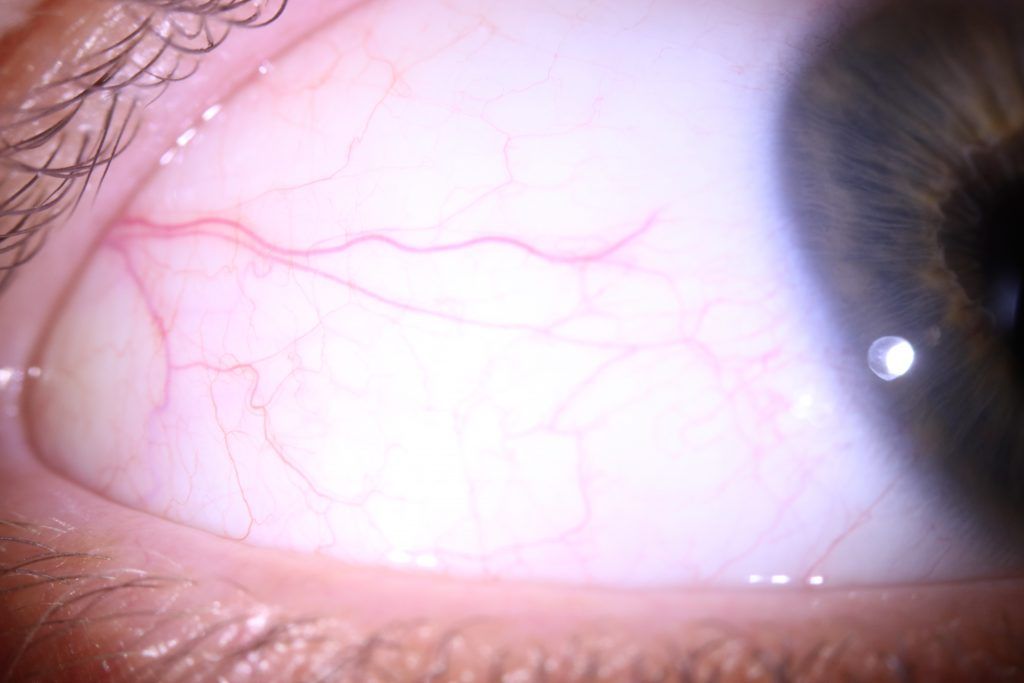
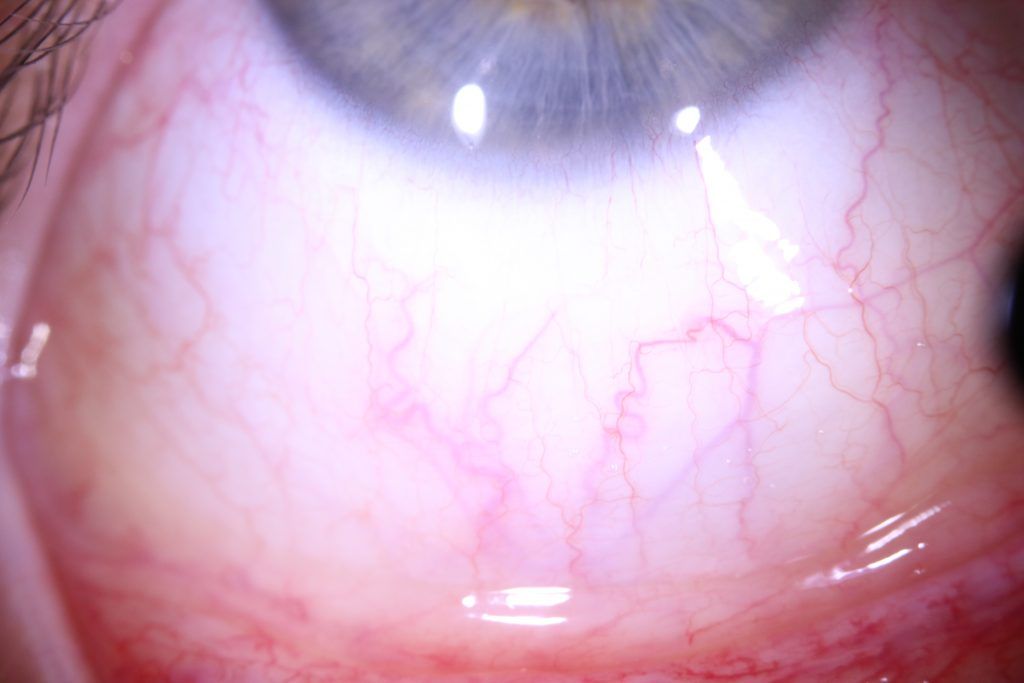
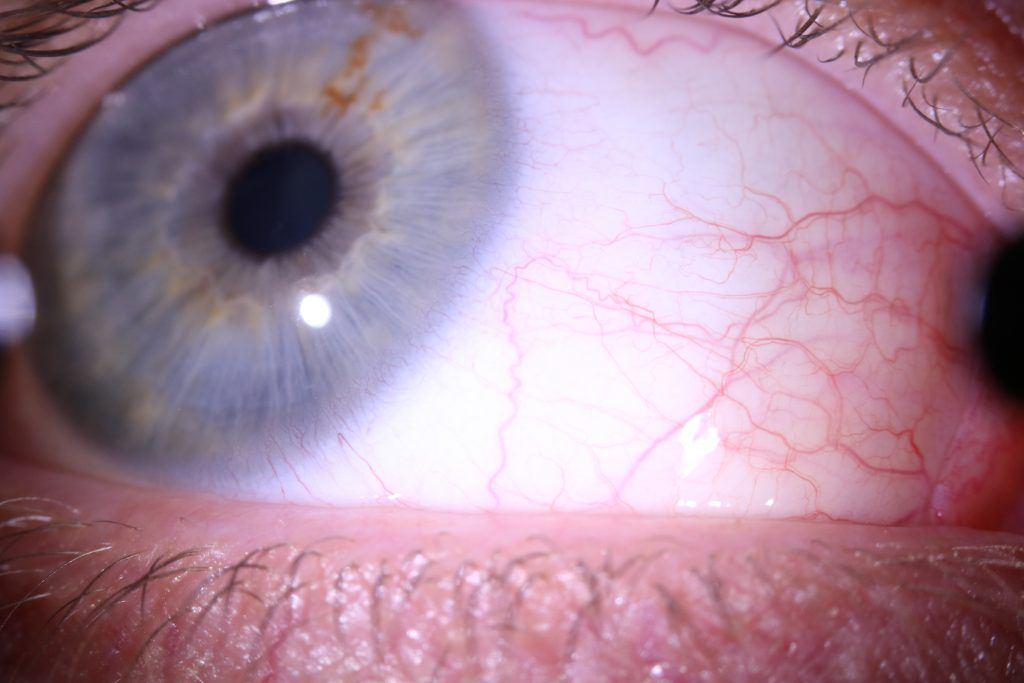

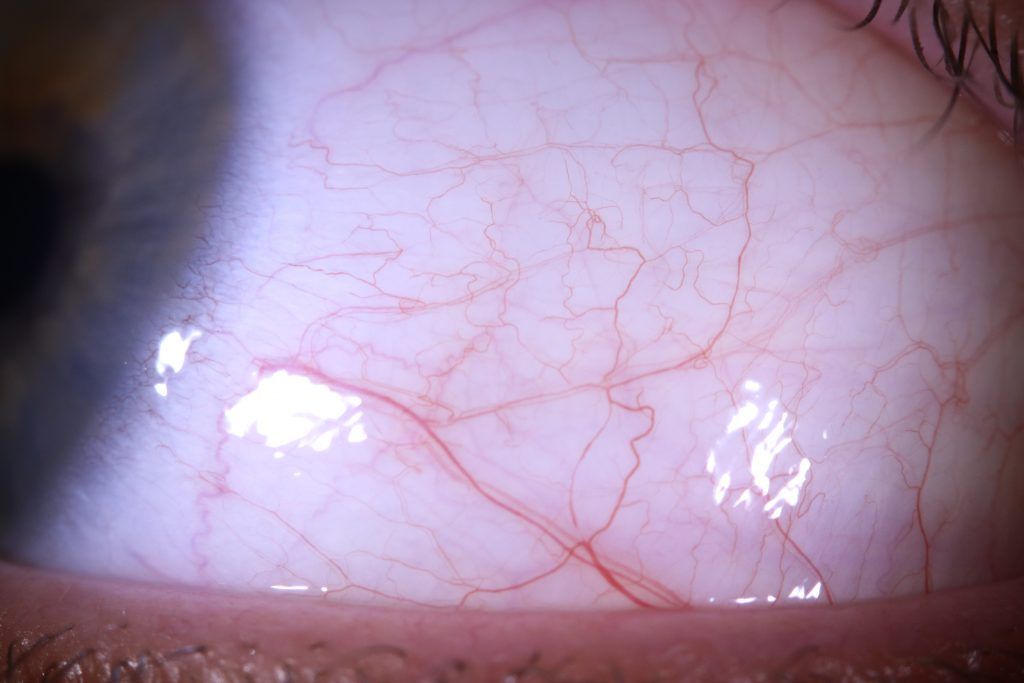
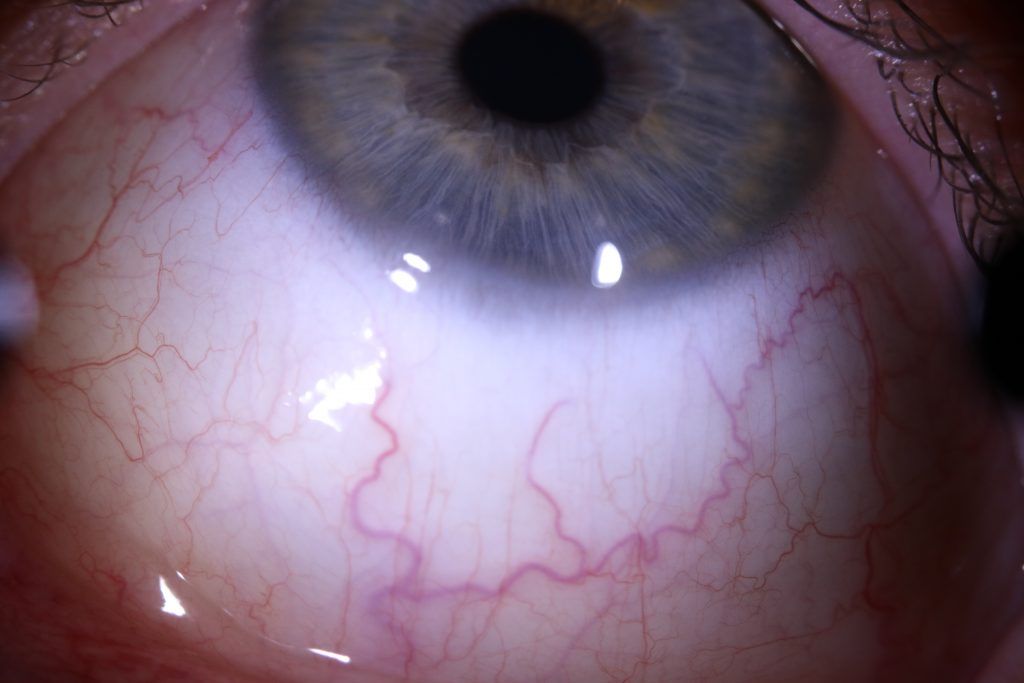

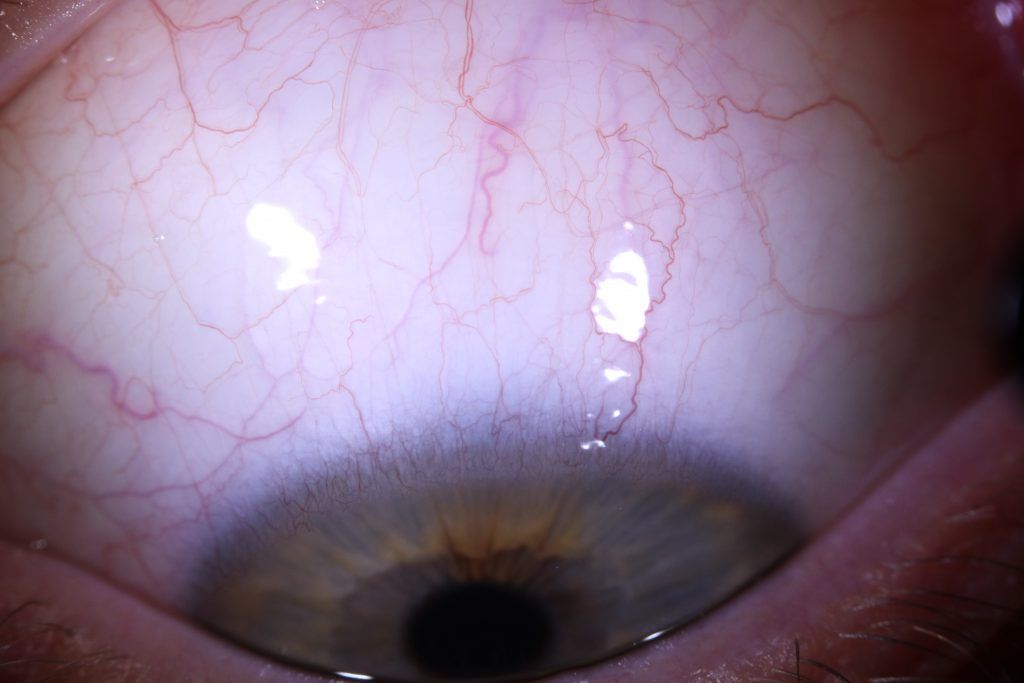
Copyright © 2018 by Judith Cobb, Cobblestone Health Ltd. All rights reserved. Please respect the time it takes to write and publish articles. If you will link to this article and give proper attribution, you are encouraged to quote sections (though not the entire article).

